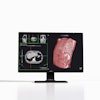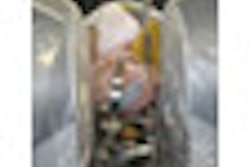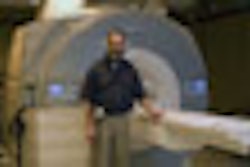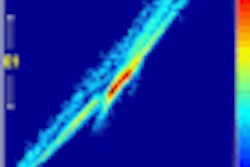Dear Advanced Visualization Insider,
Computer-aided detection (CAD) technology often suffers from a high rate of false-positive findings, a drawback that unfortunately often increases along with the sensitivity of the CAD algorithm.
A Japanese research team sought to improve their own lung CAD algorithm recently, employing a false-positive reduction scheme based on dual classifiers for juxtapleural and nonpleural nodules. The method yielded impressive results, cutting false-positive findings nearly in half.
Staff writer Eric Barnes has our coverage of the research in this month's Insider Exclusive article, which you can access before it's published for the rest of our AuntMinnie.com members. To learn more about the Japanese CAD research, click here.
In other stories we're featuring this month in your Advanced Visualization Digital Community, breast ultrasound CAD was recently found to more consistently find lesions smaller than 1 cm. In addition, a single reader utilizing CAD yielded comparable results to using two readers to interpret breast ultrasound, according to the researchers. For that article by staff writer Kate Madden Yee, click here.
Also, a work-in-progress dual-energy CT scanner and software package is showing potential for detecting fecal residue tagged with barium and iodine during virtual colonoscopy (VC) studies. The software then removes the residue from the images, making the VC exams easier to read, according to researchers from Jerusalem.
Finally, do you have any interesting images or clips that might be suitable for our Advanced Visualization community gallery? I invite you to submit them here.




















